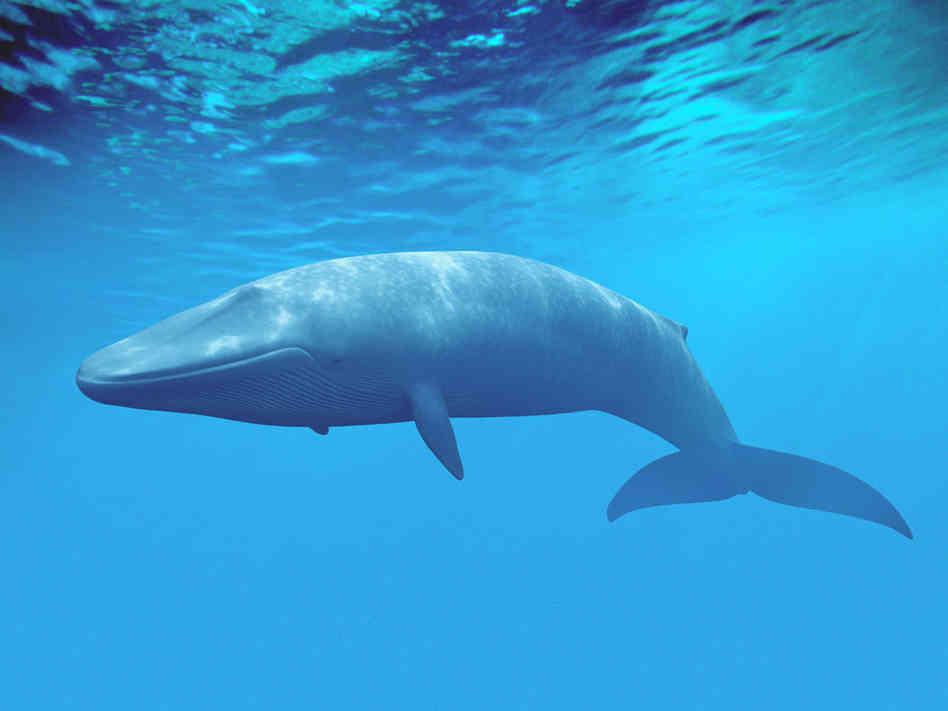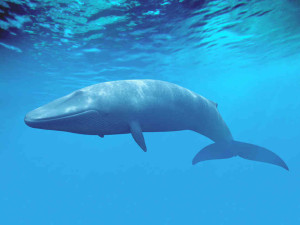What Animals Will Go Extinct During Our Lifetime?


I spent the other day meandering through some of the exhibits on display at the American Museum of Natural History. I checked out the Global Kitchen, Butterflies, and Whales exhibits and the planetarium Journey to the Stars show. Between the whales and the planetarium, I had this thought: What animals will we see extinct during our lifetime?
Perhaps a morbid thought, but when you walk through an exhibit on whale hunting, see hundreds of taxidermic specimens, stroll through the hall of biodiversity, you start to think about the state of the natural world. And what a state it is in.
Whales
The sheer size of a blue whale (30 metres) or a sperm whale (15 metres) is astonishing. Several skeletons were on display at the museum. A model of the sperm whale’s heart – about the size of a Mini Cooper – serves as an indication as to what these giants of the sea need to survive from an anatomical and physiological perspective. What they don’t need to survive was evident in photos showing the flesh of whales sliced through from the blades of a shipping container’s propeller. The mysterious mass beach strandings, fishing nets, oil spills, the Japanese “Research”, all these things make living in the deep ocean hard for whales and other sea life.
International Ban on Whaling
While the Japanese may call it research, there is an international ban on whaling. We all know international bans are incredibly difficult to monitor and enforce. However, it is important to note that Australia will soon present its case against Japanese whaling at The Hague starting 26 June. This is a story I will be following closely, because it could have, just maybe, have important significance for the preservation and protection of endangered species. I think dogs in Japan will survive without treats made from whale meat.
Here today, Gone tomorrow?
Tomorrow is relative in terms of animal extinction. But animals under duress in our increasingly global, stimulating social, emerging market of commerce are at risk. Habitat destruction, perhaps the greatest threat, threatens big cats, pandas and insects. The monarch butterfly winters in the forested mountains about 10o km northwest of Mexico City. Fortunately, this land is now protected as a UNESCO World Heritage site, but the migration route of the monarch, one of the longest migrations of any species, from Toronto, Canada, down through Texas and on to Mexico is not protected. Loss of home range and food options will try the hand of adaptability of threatened species and organisms. Without a coordinated, truly global effort to sustainably manage wildlife and urban populations, museums may be the only places where we see dinosaurs, whales and big cats.
It is estimated that only 200,000 sperm whales are left in the world. That’s roughly the same population as that of Shreveport, Louisiana, or Wollongong, NSW. For blue whales, well their numbers are lower, estimated to be between 10,000 and 14,000. Can you imagine if your suburb started dying off slowly, one by one? Something would surely be done and immediately if the alpha end of the food chain were threatened.
Burnes K (2013-06-24 00:08:19). What Animals Will Go Extinct During Our Lifetime?. Australian Science. Retrieved: Dec 29, 2025, from https://ozscience.com/biology/what-animals-will-go-extinct-during-our-lifetime/
 Follow
Follow
1 thought on “What Animals Will Go Extinct During Our Lifetime?”
Comments are closed.